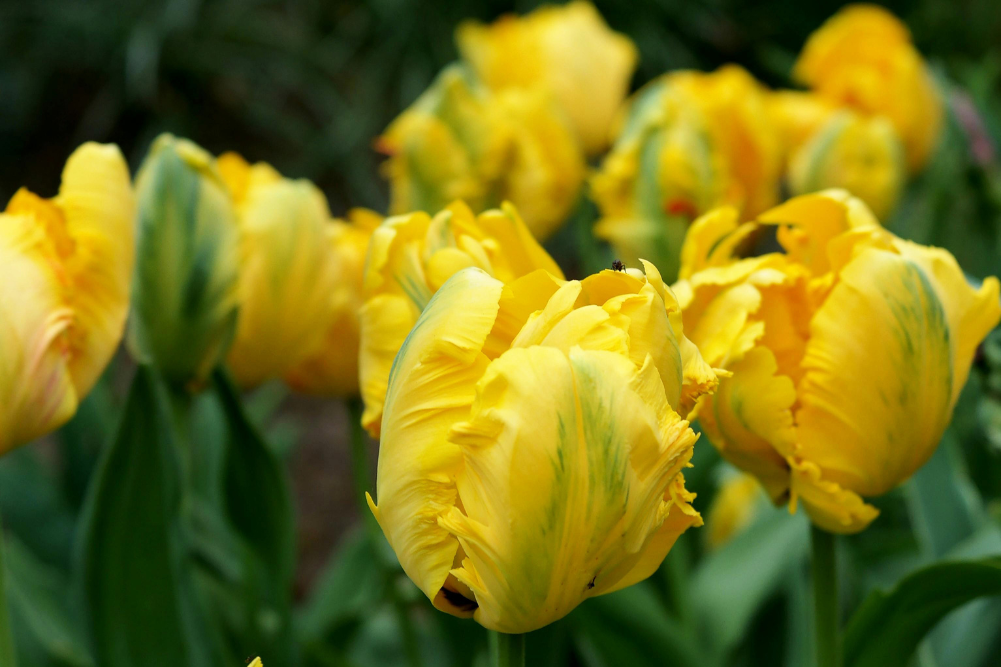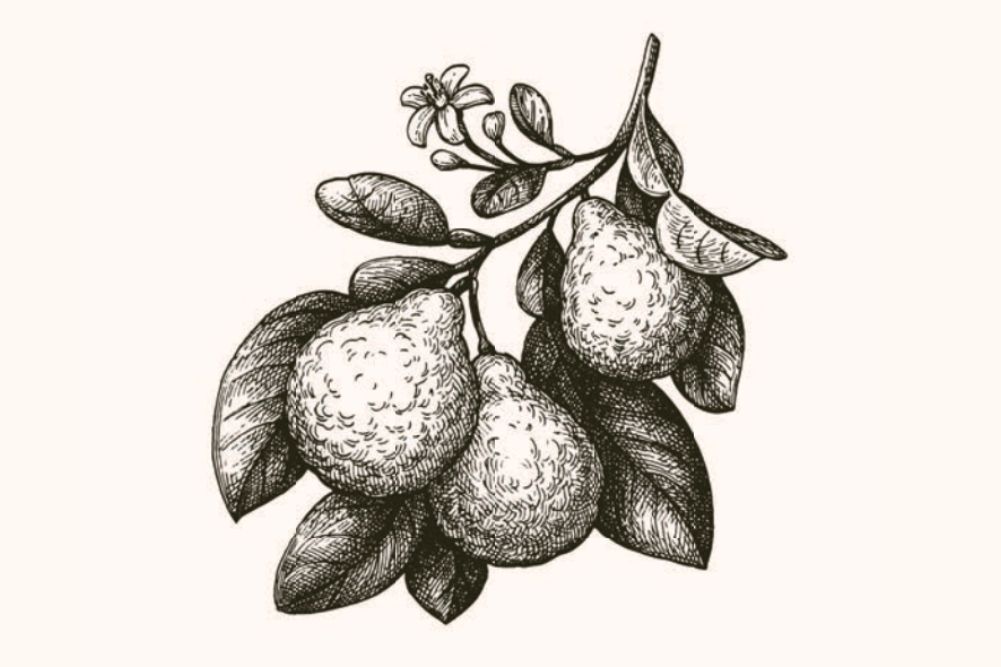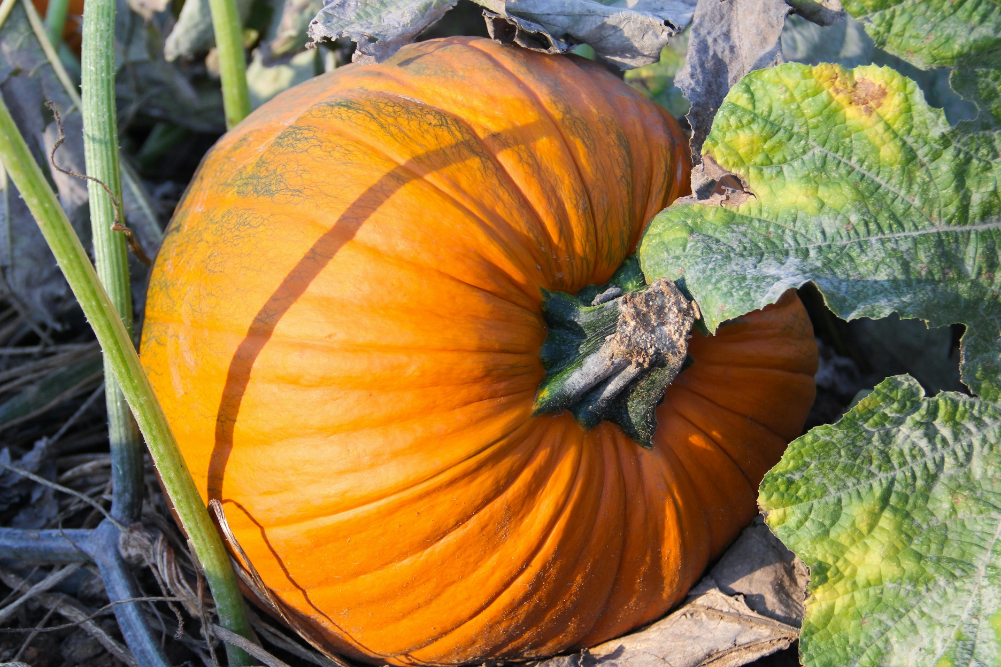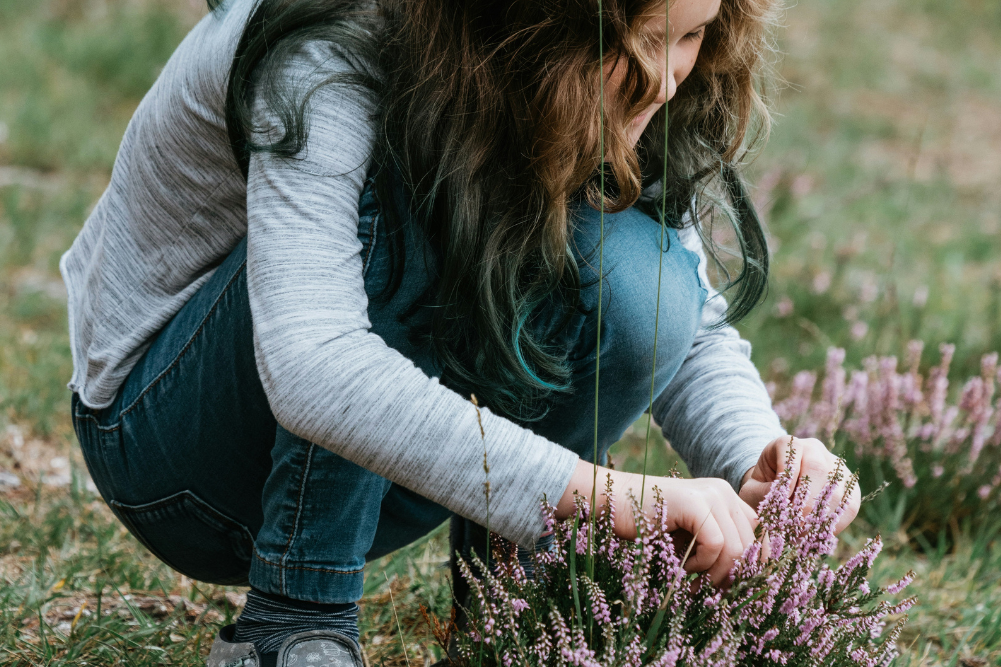The benefits of growing your own grapevine
Paradise is a grapevine. Imagine the leaves covering a pergola, dappling all beneath, the grapes hanging ripe and luscious so you can pluck them as your sit in the shade with a glass of something cool.
The reality is a bit messier. The birds peck the grapes and the bees sip the sweet juice. The vines will probably also get a touch of downy mildew and some of the leaves will curl brown at the edges or fall off. Then winter will come and they will all fall off and you need to sweep them up before they turn sludgy.
But the wonderful thing about having your own grapevine is that you will get that dappled shade under your pergola. You should get some grapes and they will taste of sunlight and the earth, that ancient flavour from far, far into our past. You’ll also get grape leaves to eat or to line platters for antipasto or even use as “green plates” to serve snacks on to your guests or even yourself.
We grow black grapes, seedless sultana grapes and a strange pear-shaped grape I was given as a cutting from a friend. The only vine I actually bought was the sultana, which doesn’t yield as well as the others.
Don’t ignore the grapes with seeds in them; some of the best-flavoured grapes have seeds and the seeds reportedly have a range of beneficial nutrients such as linoleic acid and antioxidants as a bonus.
There is a grape variety for anywhere in Australia but you must have good advice. Humid coastal areas need a grape variety that won’t get downy mildew. Hot areas have their own grape varieties, too, as do places where you need two sets of thermals and an overcoat in winter. Ornamental grapes don’t fruit but you do get stunning orange autumn foliage.
Grapevines are so easy to grow. Get a 30cm cutting in winter from a friend’s vine, plant half its length in damp sand, keep it moist and plant out in a year’s time when decent roots have grown. That’s all you really need to grow your own vine: a bit of grape wood in winter and some soil to plant it in.
And sunlight and somewhere for them to climb, of course: either up a wall, across a pergola or along a fence. I don’t bother pruning my vines except to keep them in check. Every two years — or whenever I get around to it — I cut off all the stems back to the central stem (otherwise the rats build nests up in the pergola).
I don’t worry about downy mildew late in the season; the vines just lose their leaves early but will come back next spring. But if your grape leaves turn mildewed early in summer, spray on top and underneath them with milk spray: 1 cup of milk to 9 cups of water. There are now downy mildew-resistant grape varieties.
Different grapes ripen at different times of the year; we pick ours from late January to late March. Grapes are ready about two weeks after the birds start eating them or when one in a bunch tastes sweet.
There are hundreds of grape varieties available in Australia. Don’t ignore the grapes with seeds in them; some of the best-flavoured grapes such as Black Muscat have seeds and the seeds reportedly have a range of beneficial nutrients such as linoleic acid and antioxidants as a bonus.
Ornamental grapes are vigorous and mostly disease free, with stunning autumn foliage. They won’t give you grapes to eat but they are glorious along a fence or on a pergola. They also have the advantage of not attracting bees if anyone in the family is allergic to them.
You can even grow grapes in a pot, the vines twining along the patio railings. They won’t be perfection — no grapevine is. But somehow grape dapples and dangling leaves do seem to have a hint of paradise.
Using vine leaves
Tiny young grape leaves are great in salads. I pick them when they are no bigger than my fingernail, bright green and sweet and tender, and toss them with other salad greens. The older grape leaves I blanch, then stuff and simmer. I’d grow the vines for their leaves, even if I never ate a grape. As a rule, the leaves of the ornamental grape are a better shape for rolling up dolmades as their indentations are shallower, but even the fruiting grapes’ leaves are still usable with care. A covering of grape leaves looks most elegant under a plate of cheese and bikkies or fruit.
Before stuffing grape leaves, check for resident caterpillars and brush off beetles. Do not use leaves sprayed with pesticides or fungicides. Dip in boiling water for 10 seconds.
Now take some of last night’s leftover fried rice — or any stuffing you like — and wrap it up neatly. Put your spoonful of rice mixture in an elongated heap towards the edge of the leaf. Roll up in a sausage shape, tucking the ends in as you go to keep the whole parcel neat and tight. After you’ve done a couple you will develop a connoisseur’s eye for the best-shaped grape leaf — one without very deep indentations and a wilted main leaf rib so that it bends rather than breaks.
Place your stuffed vine leaves in a casserole, sprinkle on a little lemon juice and olive oil and either water or chicken stock — one lemon, say, for every 10 leaves and the same amount of olive oil and maybe half a cup of stock — then bake for half an hour in a moderate oven. You can also cover them with a herbed tomato mixture for a change. As your skill level rises and you want to do more and more you’ll be looking for variations to play on the main theme.








